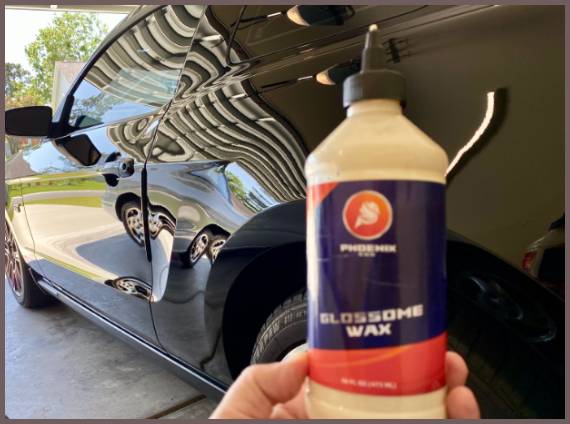In the world of car care and protection, ceramic coating has long reigned supreme. It has been the go-to product for those seeking to preserve their car’s finish, achieving a polished shine that’s more than skin-deep.
But, as with everything in life, new and potentially superior alternatives to ceramic coating are beginning to hit the spotlight. Let’s embark on an insightful journey of discovery into these promising contenders.
The Rise and Shine of Ceramic Coating
Ceramic coating became popular due to its high durability, hydrophobic properties, and brilliant shine. Yet, it’s far from being the ultimate solution. Although it adds a protective layer against minor scratches and environmental elements, it’s not entirely bulletproof.
Sharp objects, acid rain, or bird droppings can still damage the coating, which is costly and time-consuming to repair or replace. Moreover, its performance is directly proportional to its application – the incorrect or suboptimal application can lead to disappointing results.
The Age of Graphene Coating

With ceramic coating’s downsides coming into focus, a new player has taken center stage in the car care arena: graphene coating. A carbon-based nano-material, graphene is taking the automotive world by storm, challenging the dominance of ceramic coating. But what makes it an attractive alternative to ceramic coating?
Firstly, graphene coating boasts superior heat dissipation capabilities. This trait decreases the chances of water spots and other heat-related damages.
Secondly, its durability outshines that of ceramic coating, offering superior scratch resistance. Lastly, and perhaps most importantly for auto-enthusiasts, graphene gives a unique gloss to the vehicle that’s hard to match.
Graphene does come with a steeper price tag. The cost of a graphene coating service can range from $500 to $2,500 depending on the vehicle’s size and the complexity of the task. But many car owners believe the long-term benefits outweigh the initial costs.
A Nod to Traditional Wax and Sealants

Let’s not overlook the traditional solutions. Waxing and sealing your car might seem old-school, but they have their merits.
While they don’t offer the same level of protection and shine as ceramic or graphene coatings, they are much cheaper and easier to apply.
Wax gives a great shine and decent protection, but it doesn’t last as long. On the other hand, sealants, typically made from polymers, offer more durability than wax but less than ceramic or graphene coatings.
They might not be a ‘better’ alternative, but they’re certainly more economical, making them perfect for those who love a hands-on approach to car care.
Are Ceramic Coatings Worth It?
The answer to this question is subjective, largely depending on your specific needs and budget. Ceramic coatings offer superior protection and gloss compared to traditional waxes and sealants, and they tend to last longer – typically around 2-5 years depending on the quality and maintenance.
However, the high cost and professional application requirements may deter some car owners.
Frequently Asked Questions (FAQs)
The most notable alternative to ceramic coating is graphene coating. It’s an advanced nano-material that offers superior heat dissipation and scratch resistance. Traditional car waxes and sealants also serve as more economical alternatives.
While ceramic coating offers excellent protection and a brilliant shine, it’s not perfect. It’s expensive, requires professional application, and doesn’t completely protect against sharp objects or harsh elements. Plus, improper application can lead to disappointing results.
Ceramic coating generally outperforms wax in terms of durability, shine, and level of protection. However, wax is cheaper, easier to apply, and can still offer a good level of shine and protection, making it a viable option for car owners on a budget or who enjoy DIY car care.
The cost of graphene coating varies depending on the size of the vehicle and the complexity of the job, but you can expect to pay anywhere between $500 to $2,500.
This is subjective and depends on your individual needs and budget. If you’re seeking long-term protection, a brilliant shine, and don’t mind the cost, then a ceramic coating can be worth it. However, alternatives like graphene coating, wax, or sealants may offer better value depending on your circumstances.
With proper care and maintenance, a high-quality ceramic coating can last between 2 to 5 years. This duration can vary based on environmental conditions and how often the vehicle is used.
Conclusion: Choosing the Right Coating
Deciding between ceramic coating, graphene coating, or traditional wax and sealants ultimately boils down to balancing your needs, budget, and preferences. Each offers its unique set of advantages and limitations.
While ceramic coating has long been the gold standard, graphene coating is offering a fresh, high-performing alternative. Meanwhile, wax and sealants still offer a cost-effective, DIY-friendly approach.

